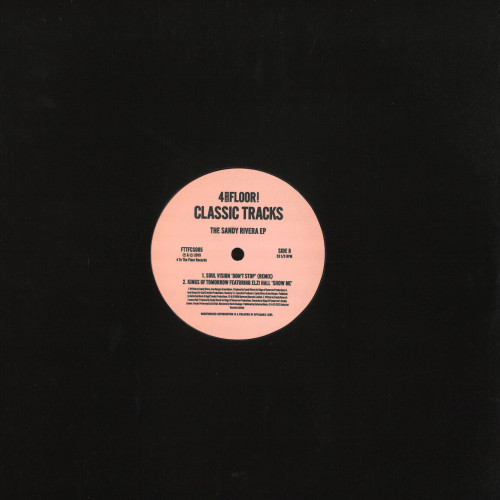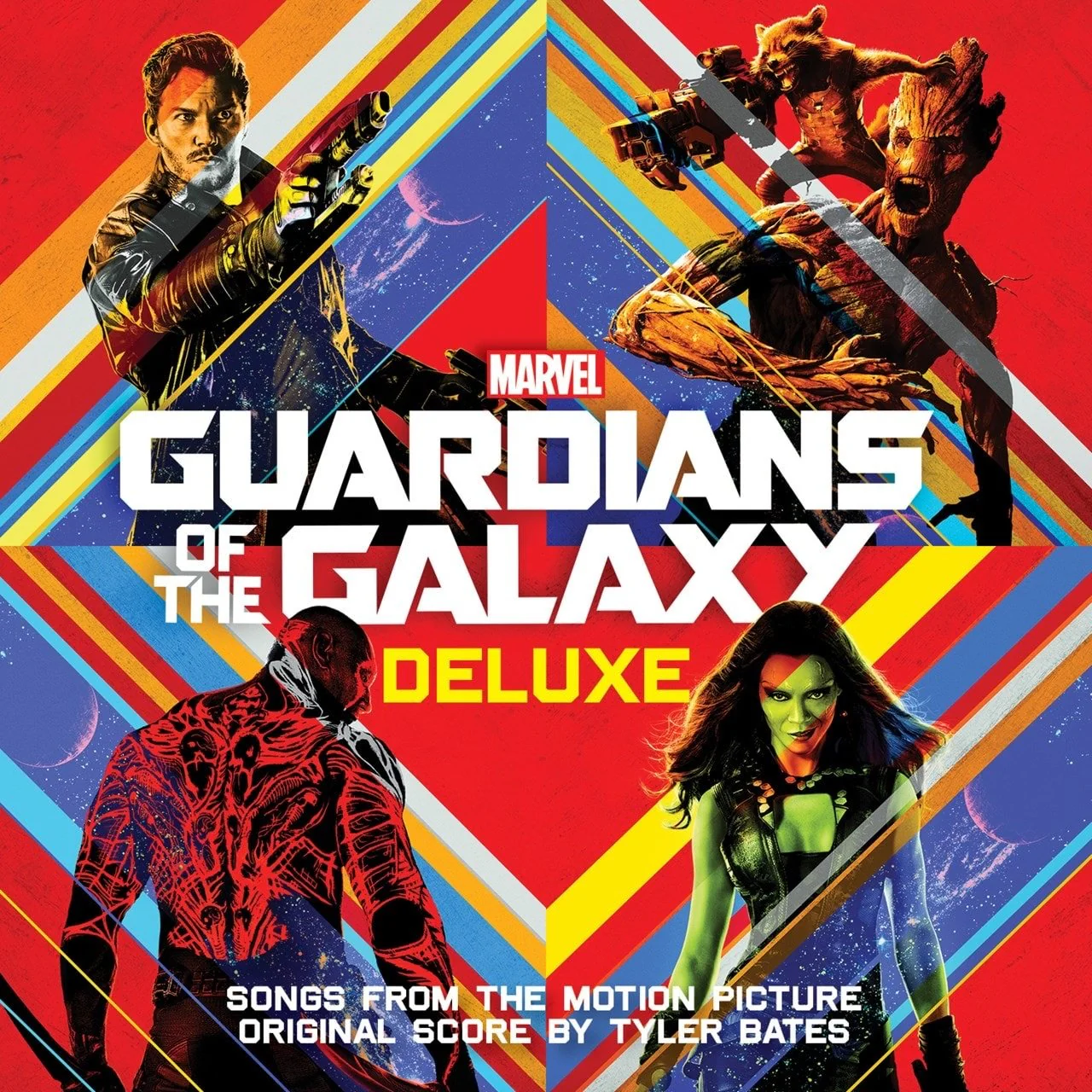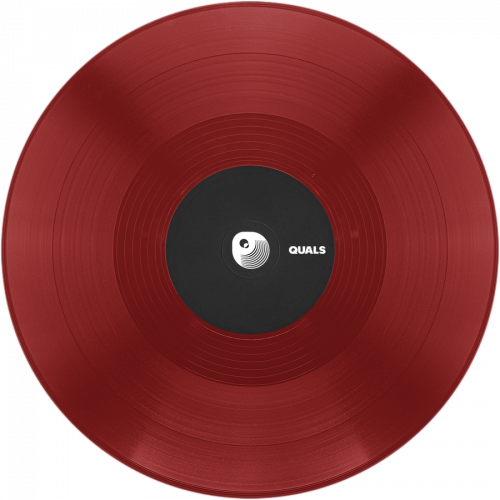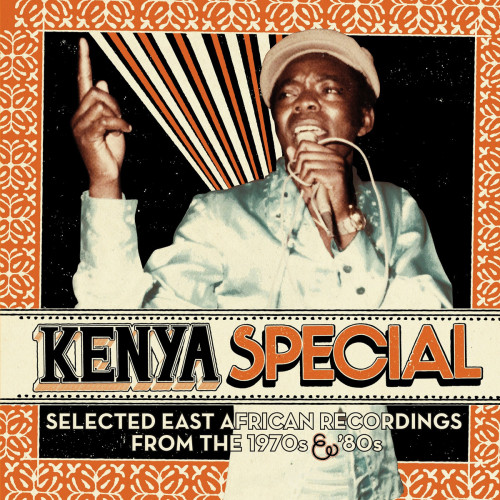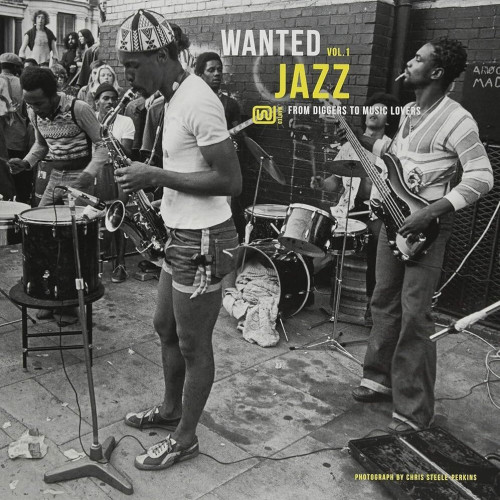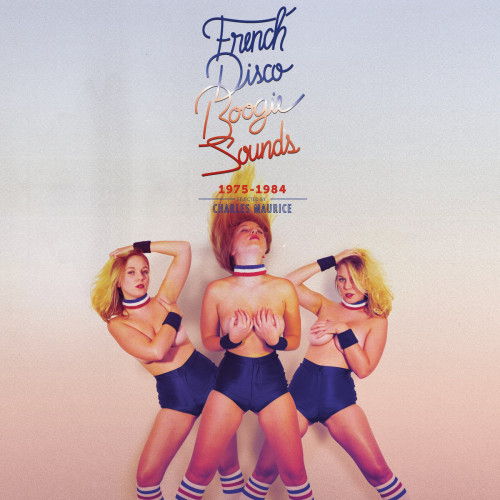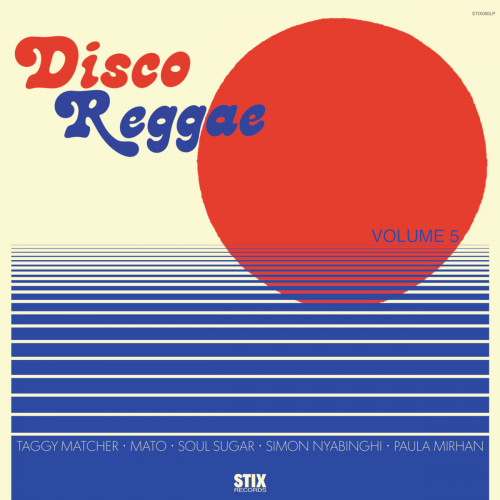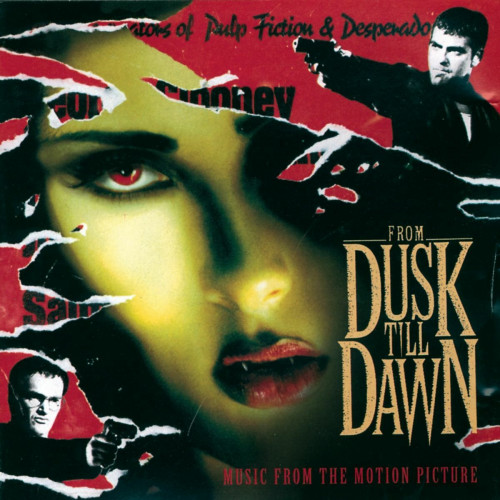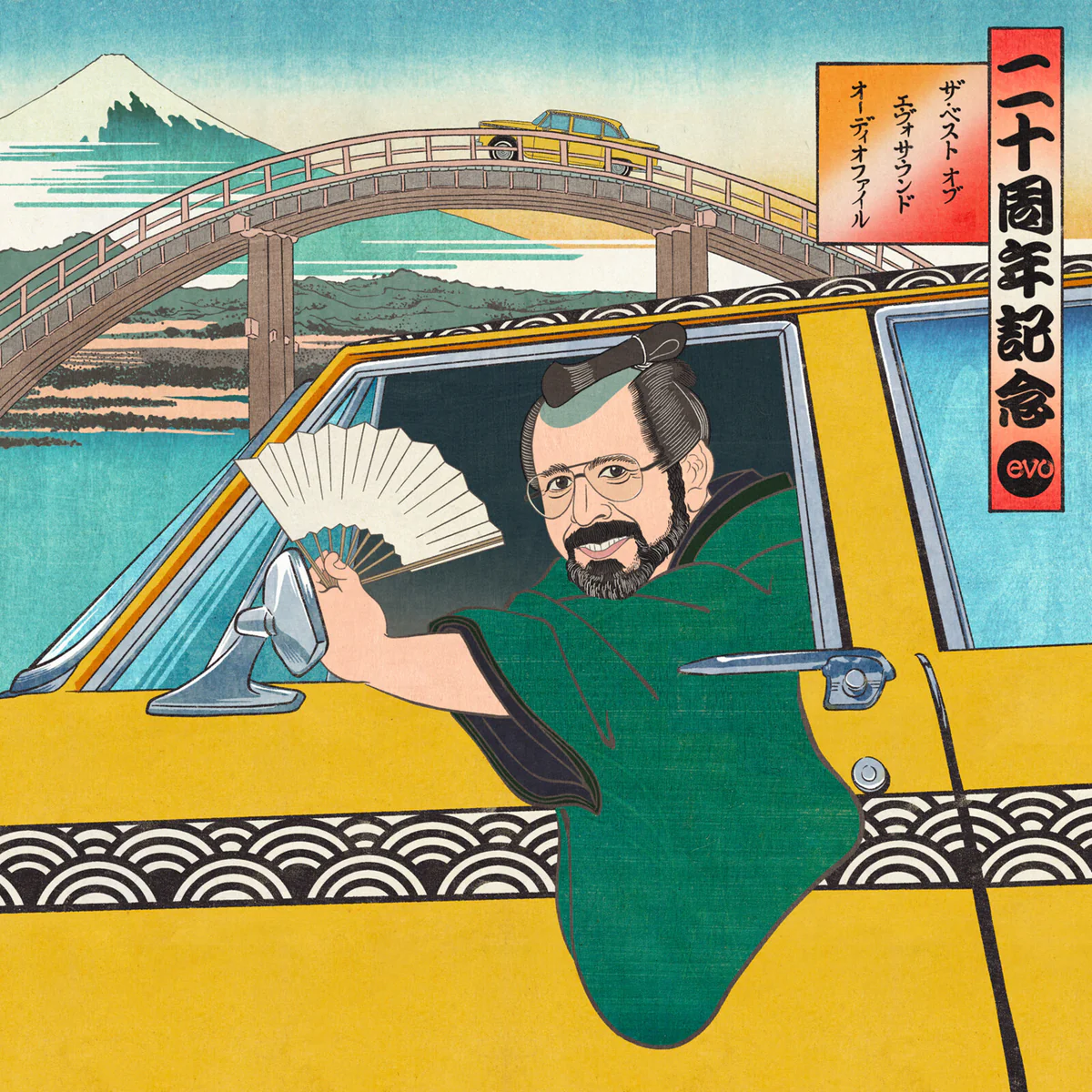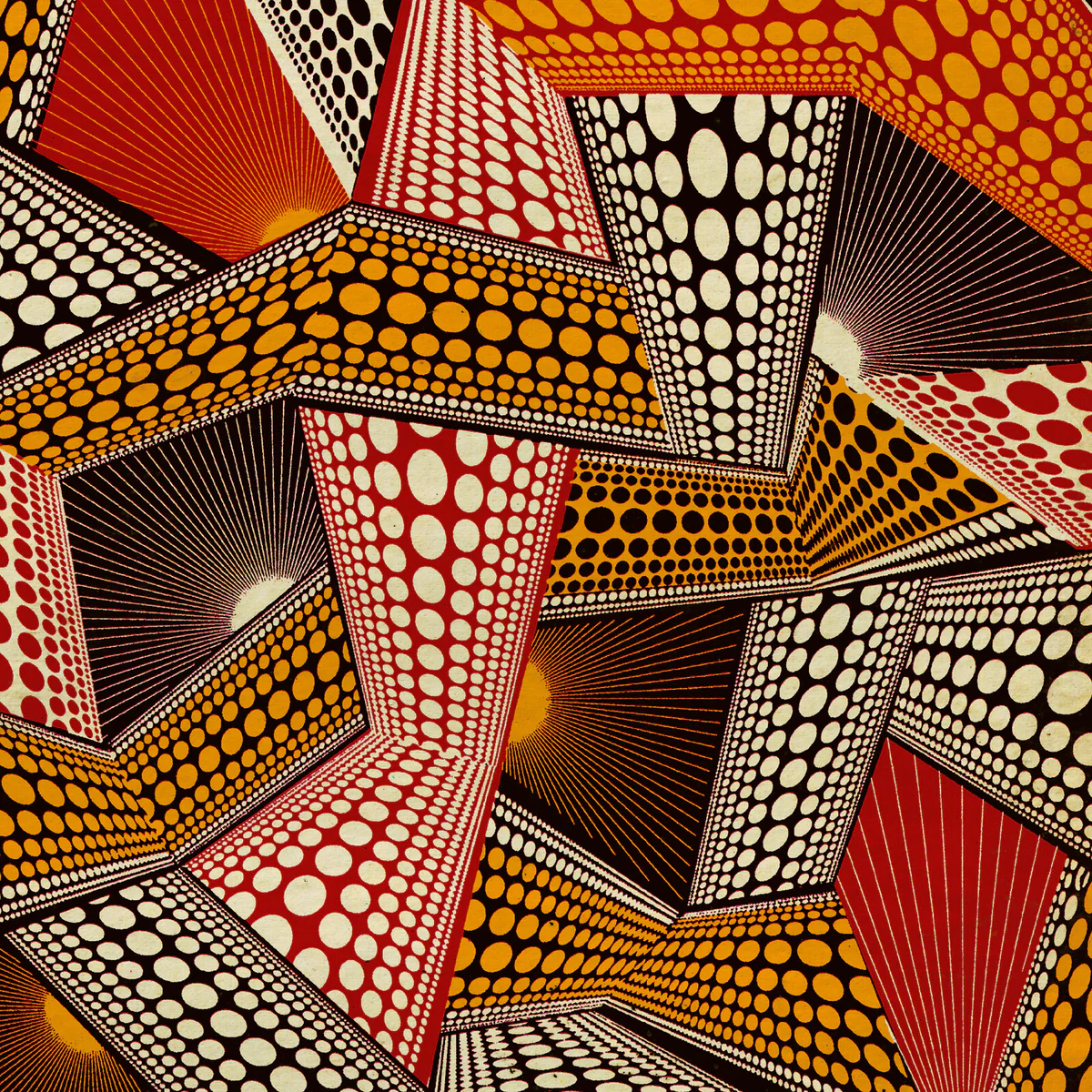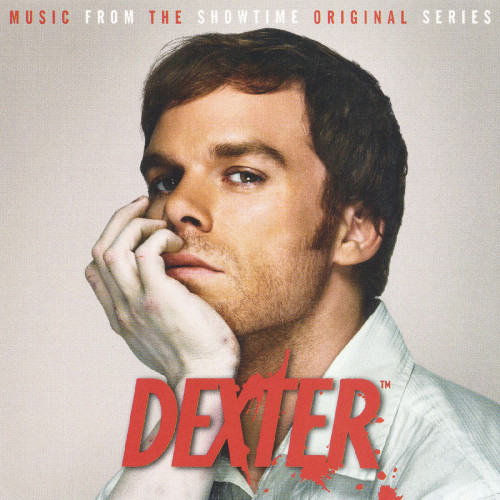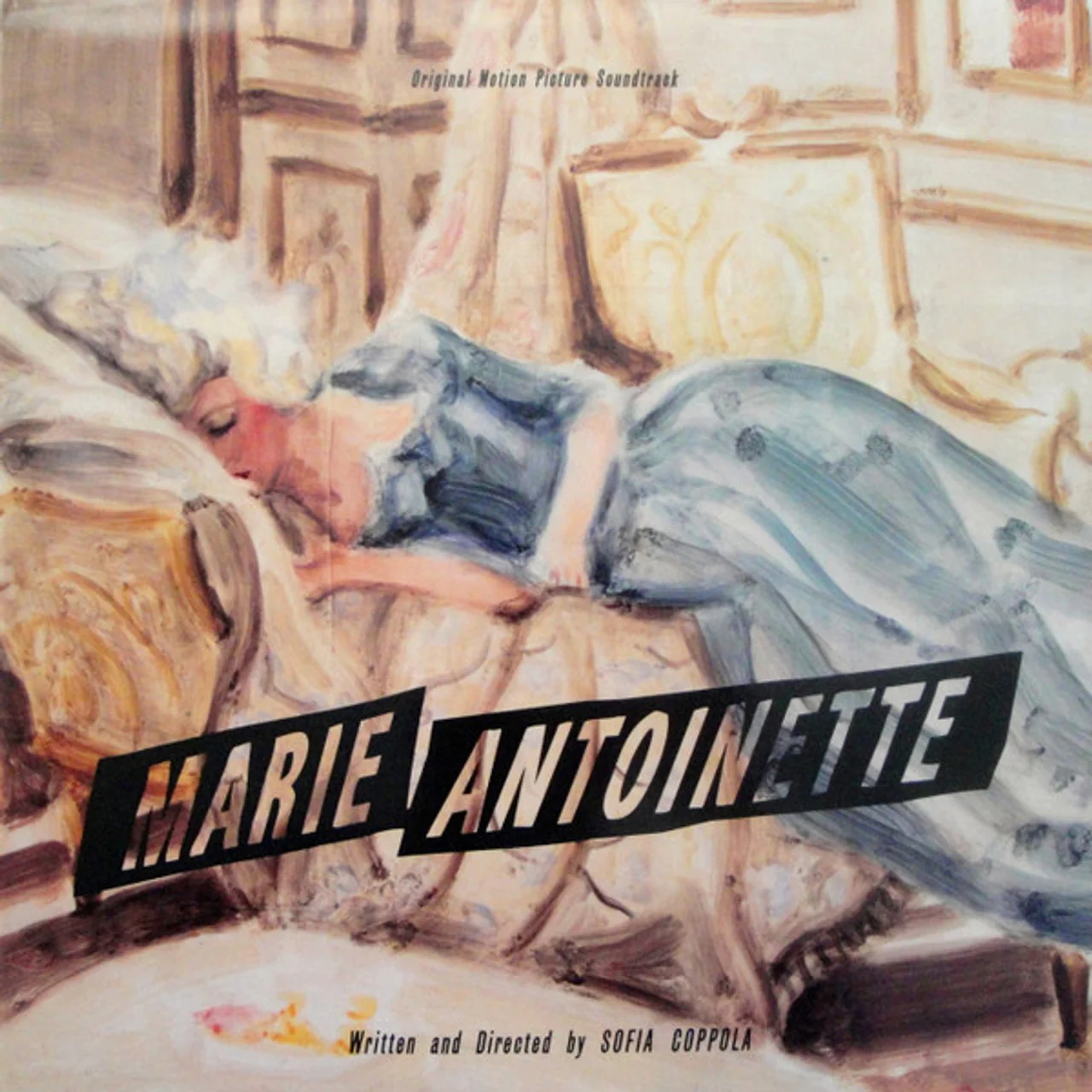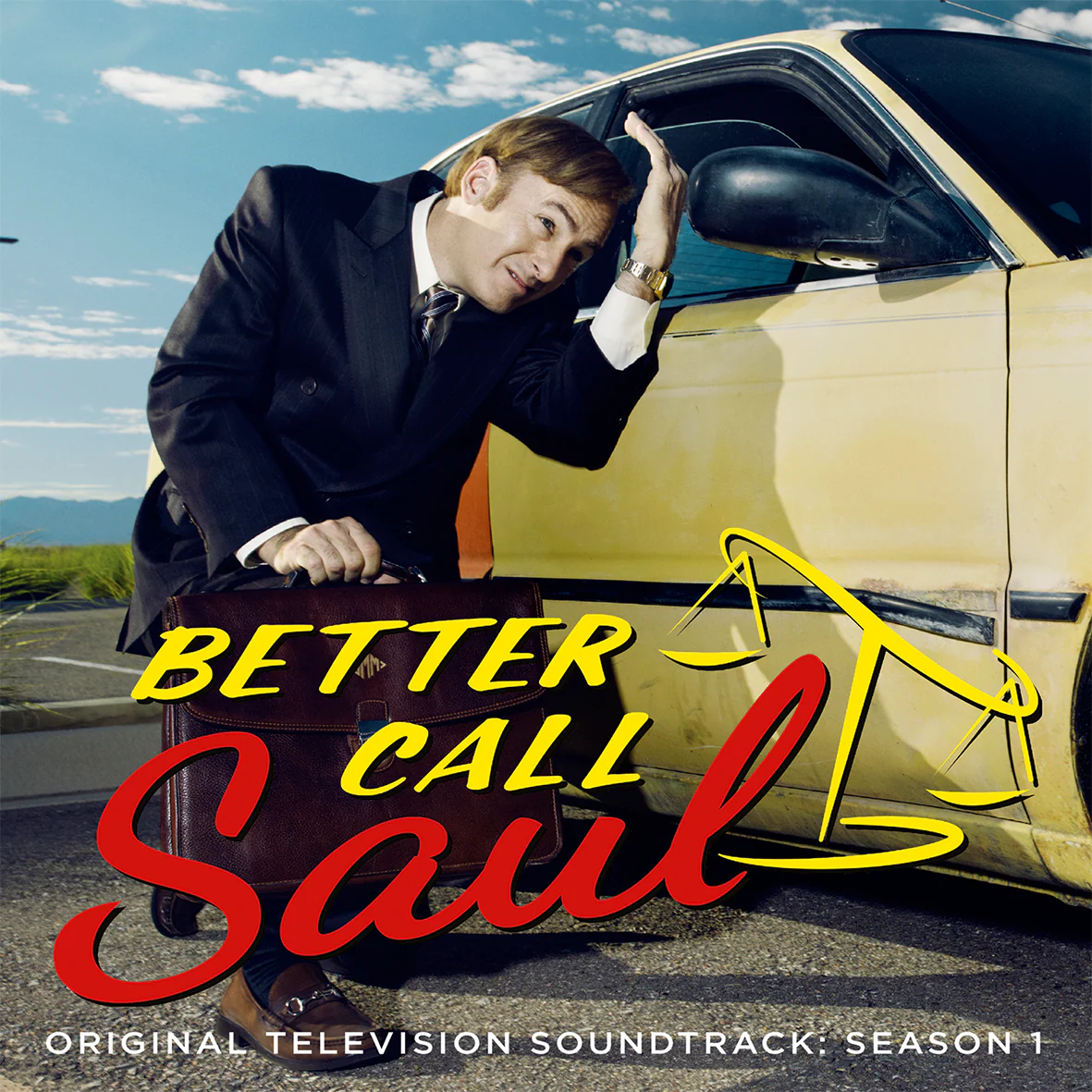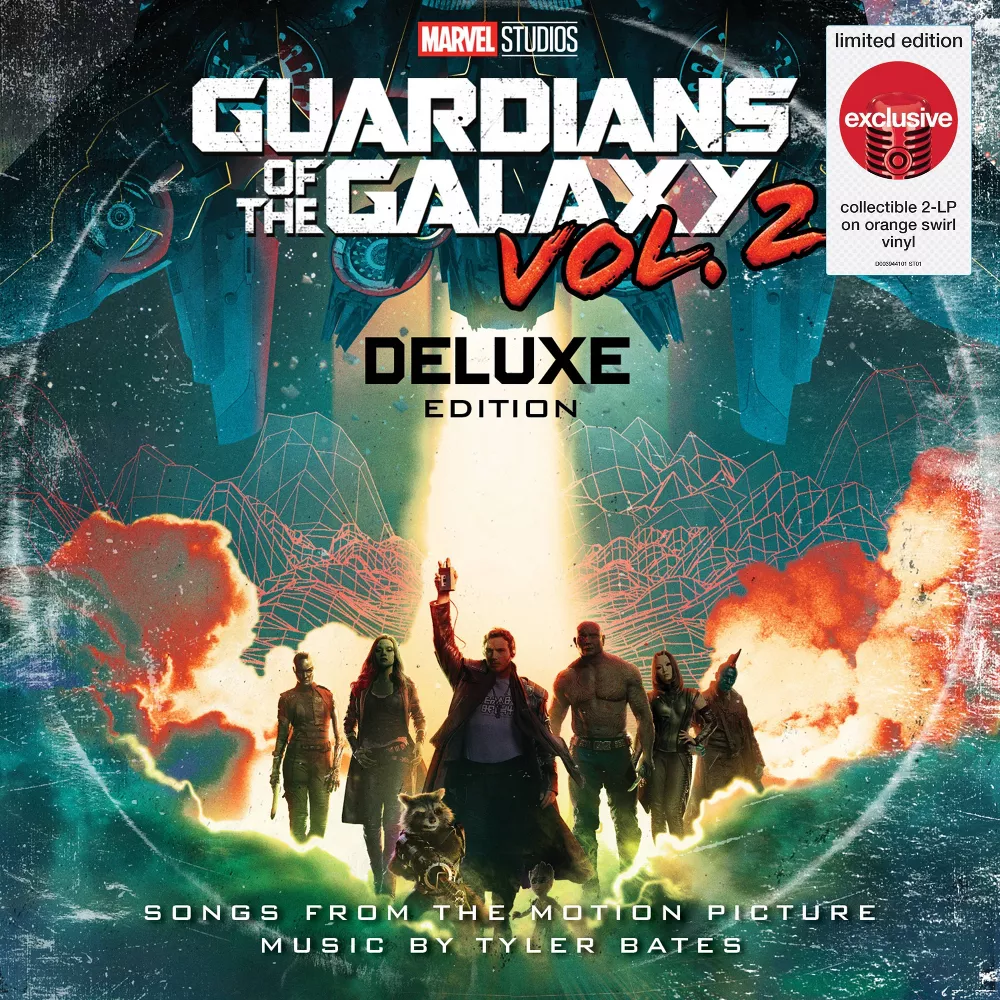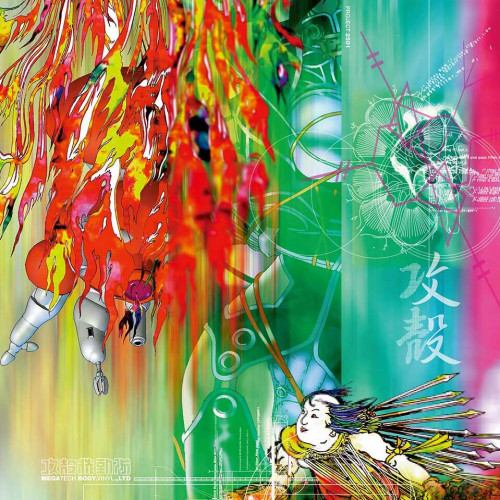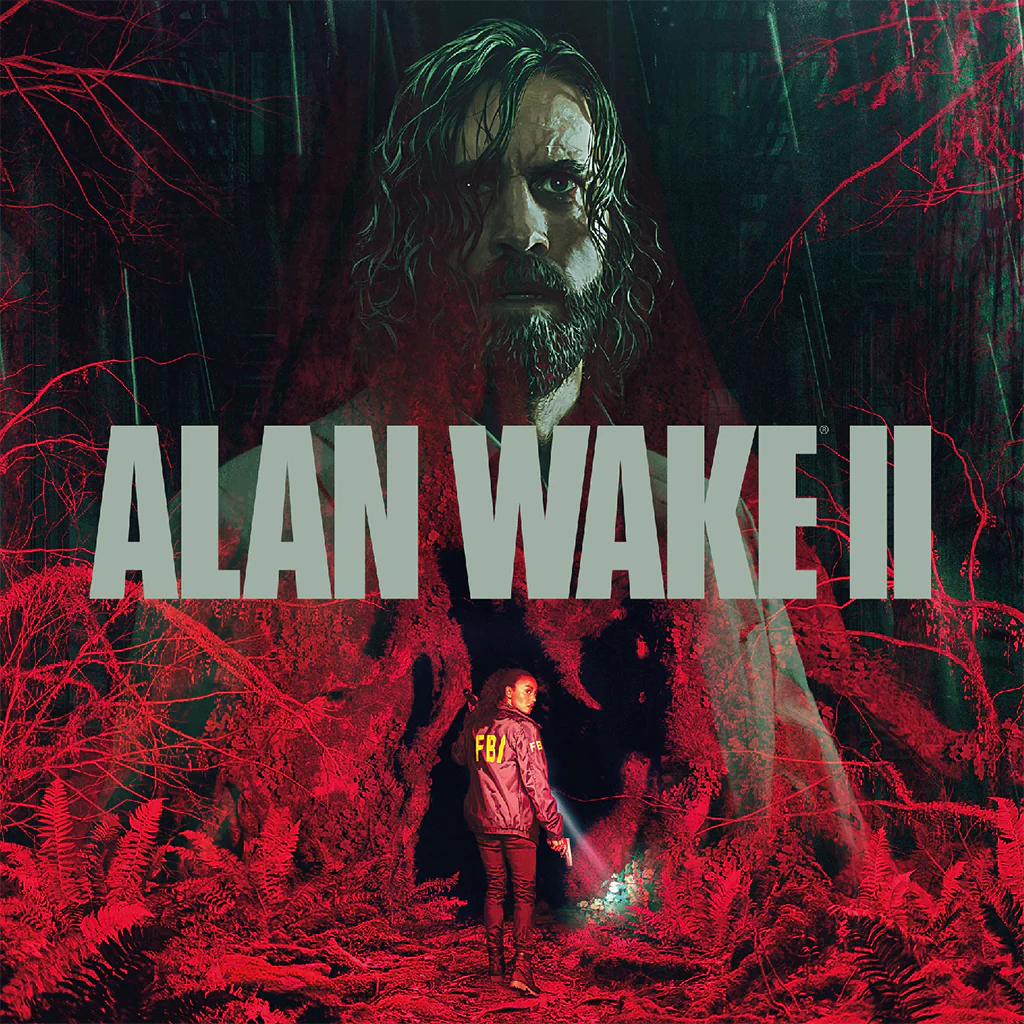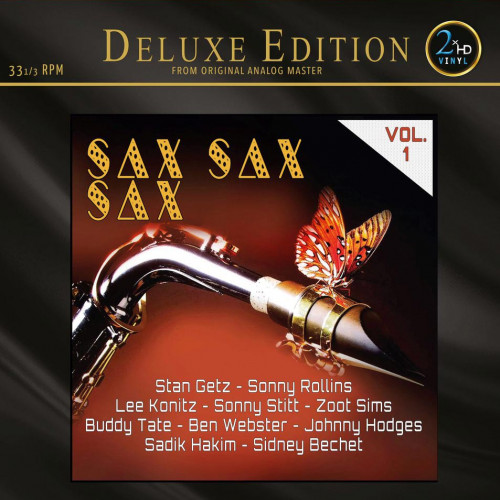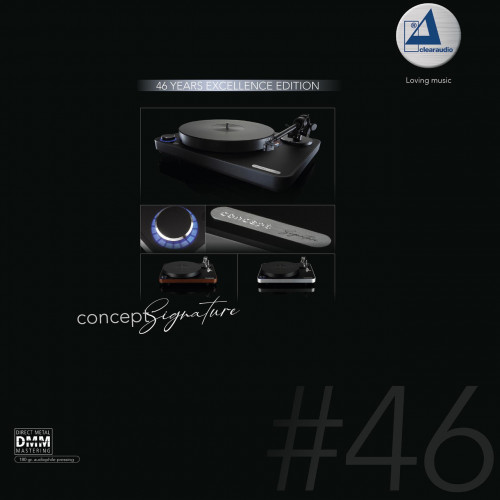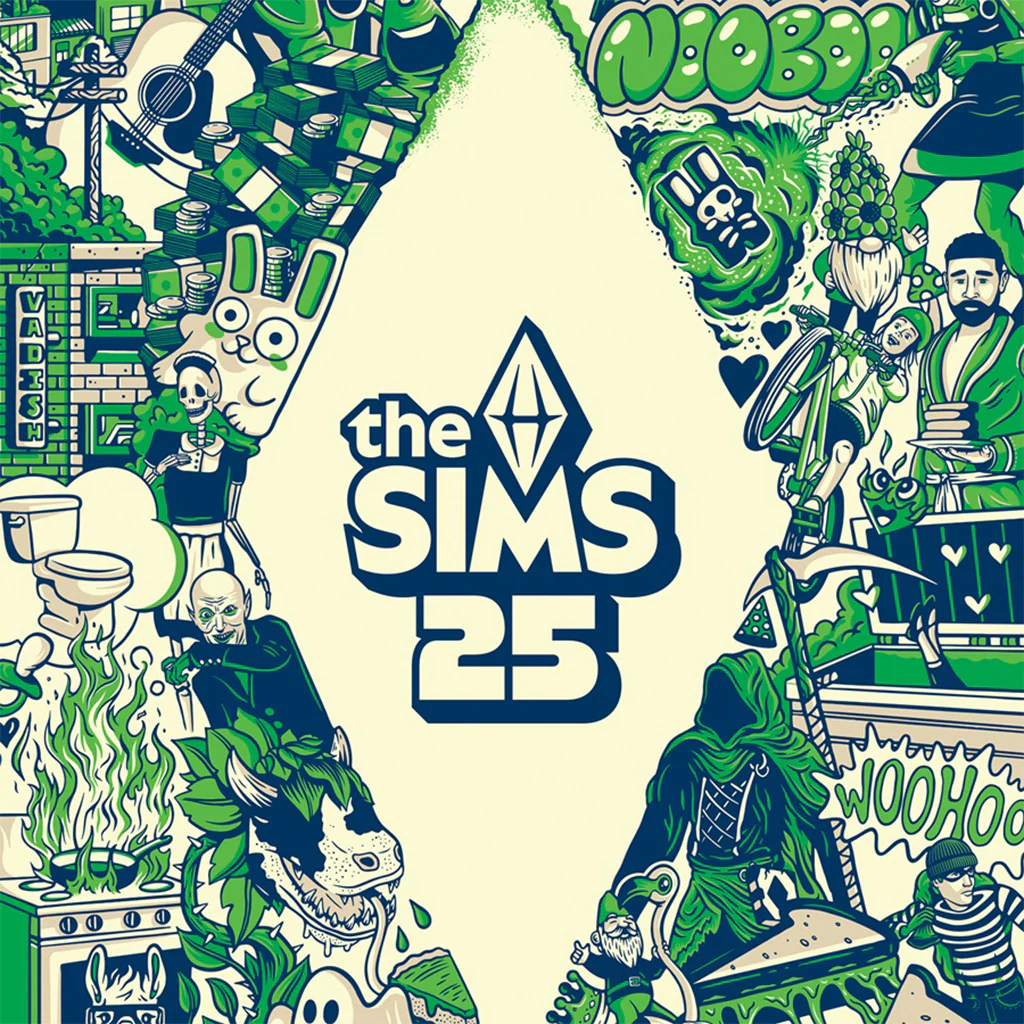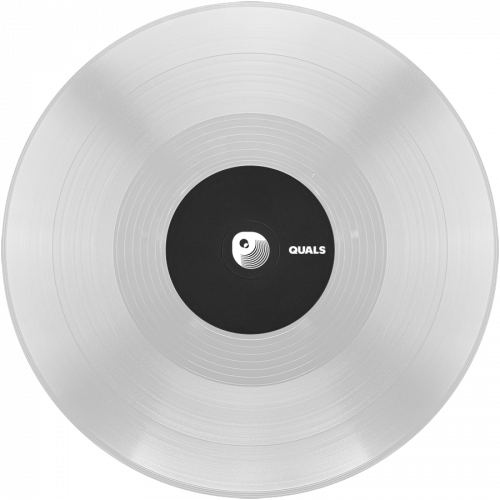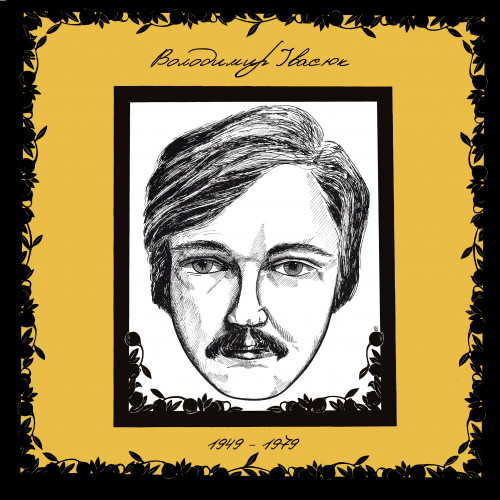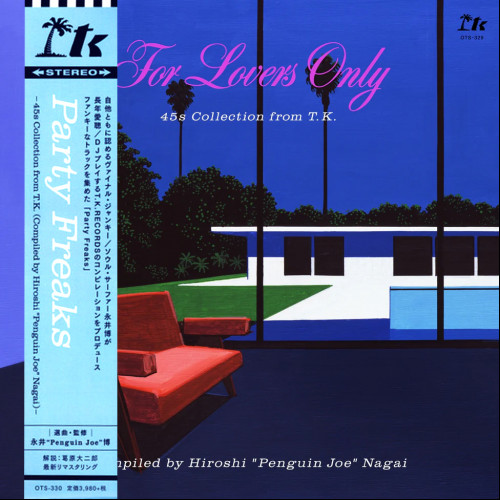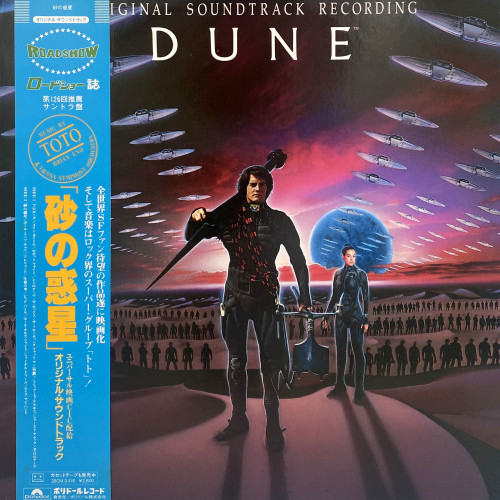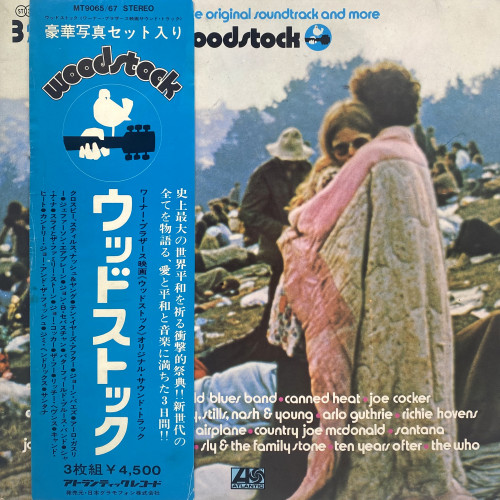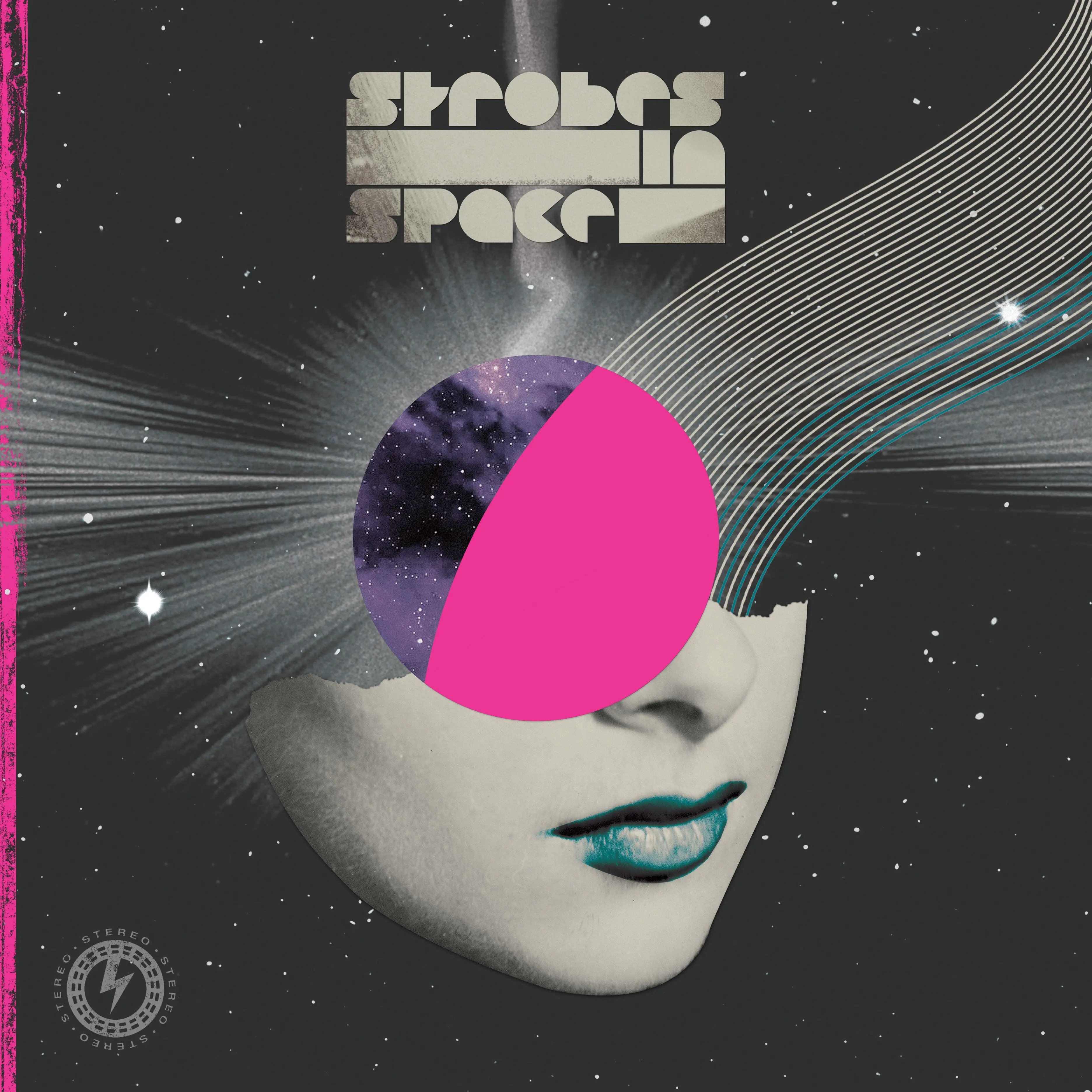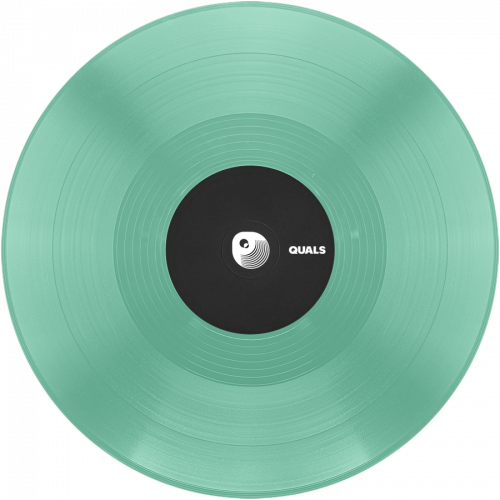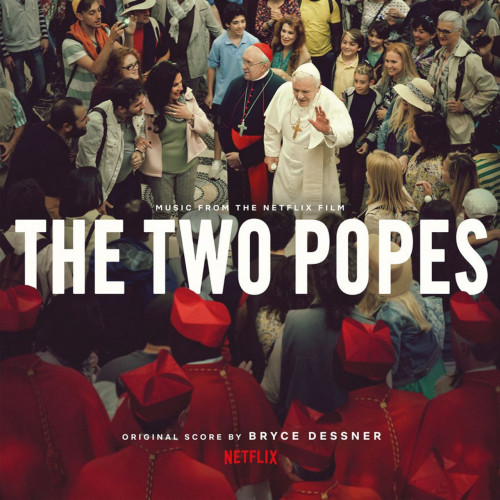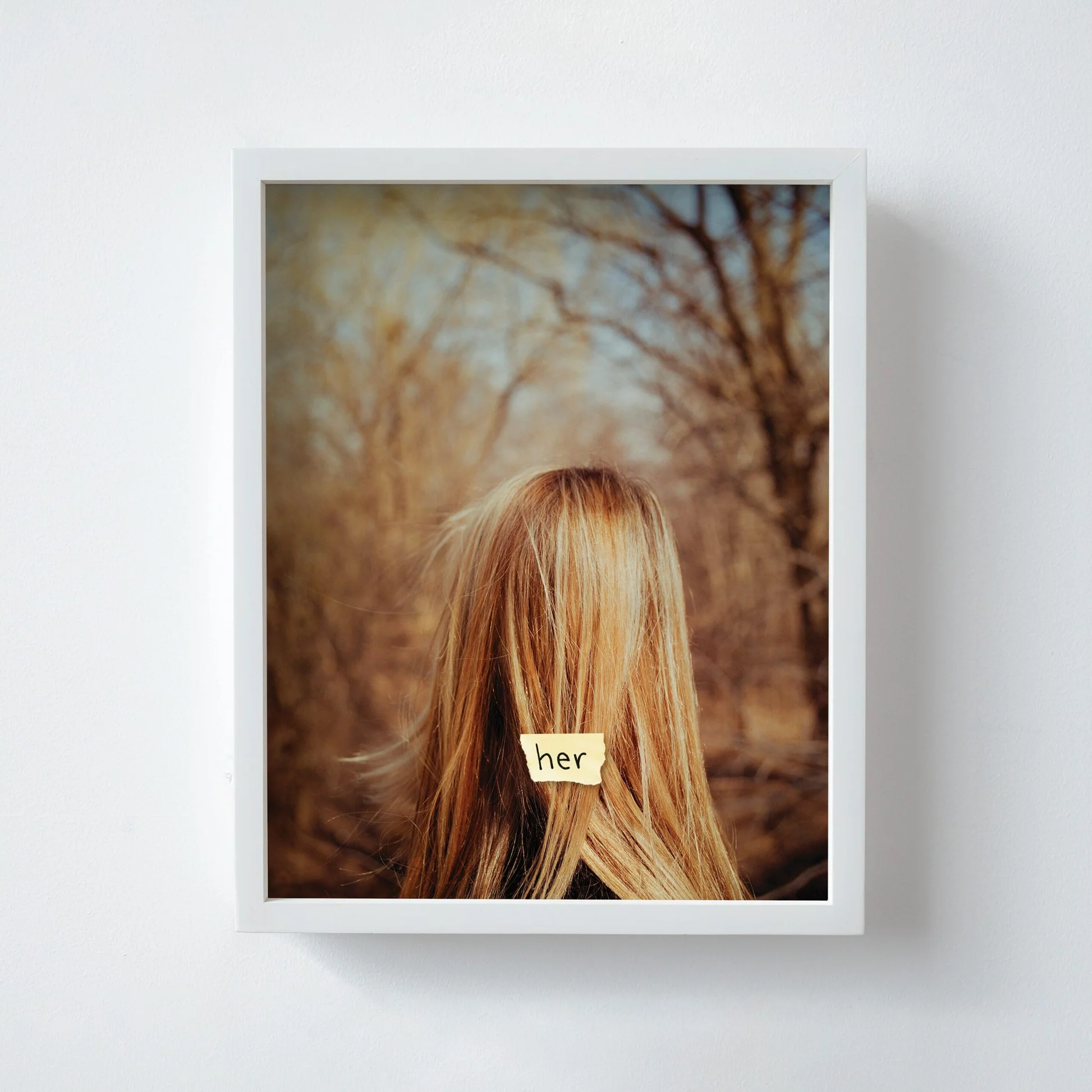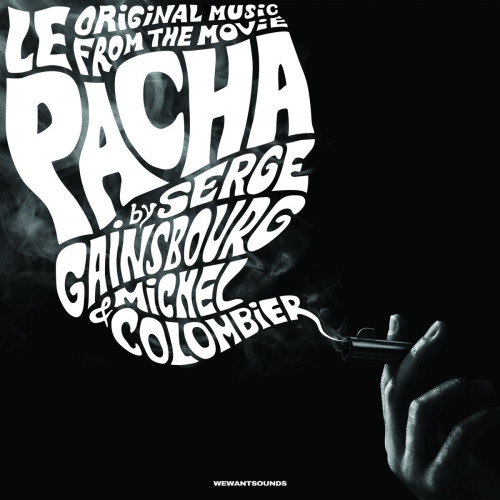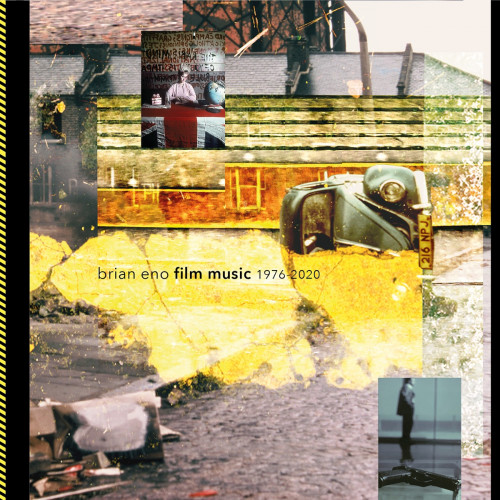Like Robert Zemeckis, Alan Silvestri was not particularly well known prior to the release of Back to the Future. He was considered a television composer, having written the music for the hit cop series CHiPs in the 1970s and early ‘80s, but his film work was limited to light synth-pop scores for films such as the aforementioned Romancing the Stone, the Kevin Costner drama Fandango and the horror anthology film Cat's Eye. Everything changed for Silvestri after Back to the Future, which became his springboard into Hollywood's musical elite and cemented his professional collaboration with Zemeckis, which continues to this day.
The score is built on several recurring ideas and techniques, but it doesn't really kick in until the very beginning of the film, as most of the first block is made up of songs. The shimmering, glittering motif of the concept of time travel and DeLorean himself appears (fittingly) in ‘DeLorean Reveal,’ and becomes more edgy and caper-like in the subsequent ‘Einstein Disintegrated,’ which also introduces the scattered personality of Doc Brown himself, a mass of hooting woodwinds and galloping rhythms as unruly as a mad scientist's hair. The terrifying drumming of Libyan terrorists in ‘85 Twin Pines Mall’ eventually gives way to the first rendition of the familiar main theme with its bright fanfare and heroic aspect in the second half of this episode, as Marty rushes through a deserted car park, ready to hit 88mph and begin his adventures through time.
The main theme, if taken in its entirety, is already very familiar, but on closer listening to the score it becomes apparent that Silvestri has very cleverly adapted it, using it piecemeal throughout the score. The theme has a part A-phrase and a part B-phrase - one ascending, one descending - as well as small three- and four-note allusions to both phrases, which Silvestri regularly uses to create an atmosphere of magic, mystery and mischief. The fact that a theme with such an extended melodic line can be broken into parts and used as submotives in its own right is testament to Silvestri's great skill and intellectual application in this regard.
Once the action shifts to 1955, Silvestri enhances both the mystery and the rose-tinted sense of nostalgia. A time-travelling motif and phrase B of the main theme accompany ‘Peabody Barn/Marty Ditches DeLorean,’ and allusions to phrase A appear in small three-note fragments for muted brass in ‘Town Square’55’ and on lilting woodwinds in “Lorraine's Bedroom,” an inverted Oedipal nightmare of epic proportions.
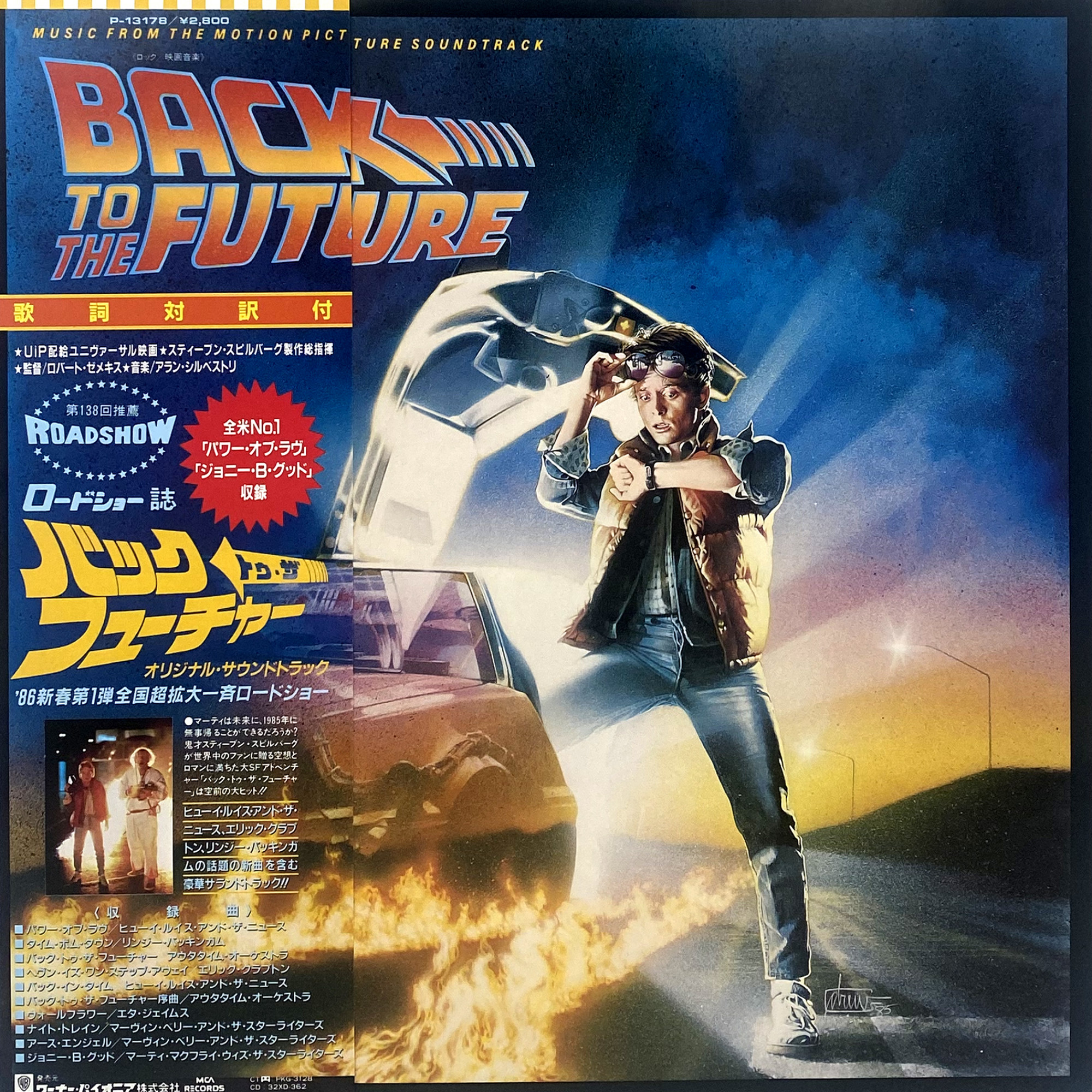
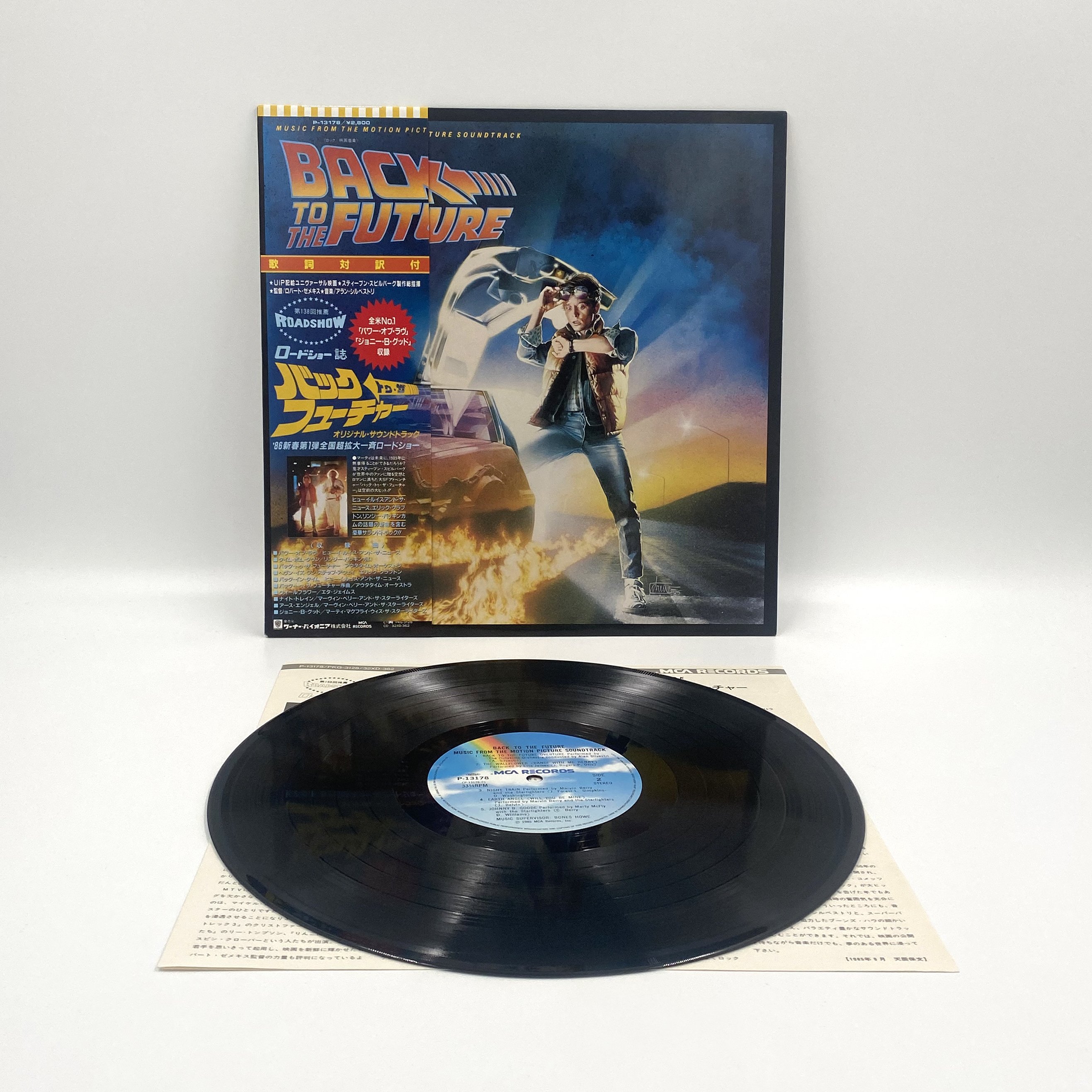

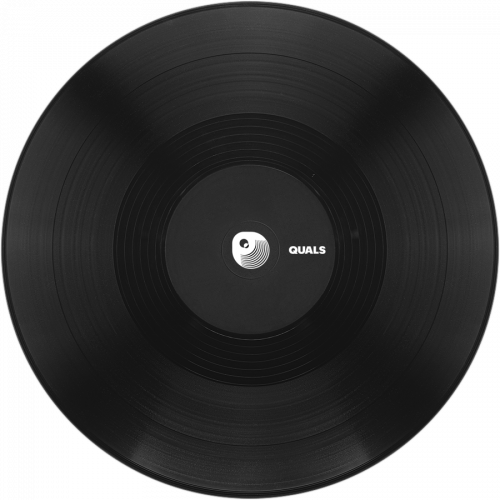
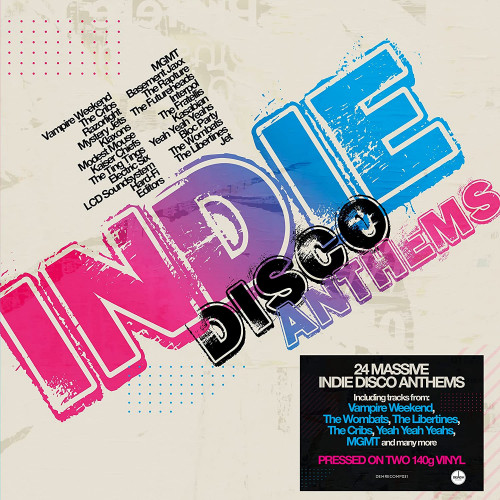

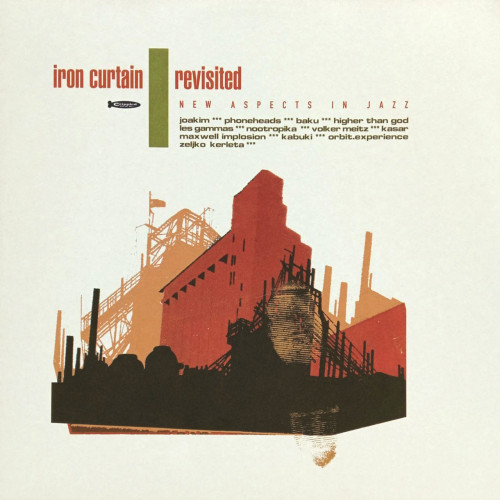
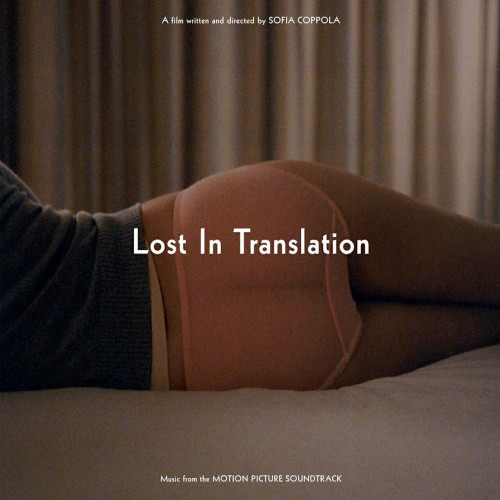
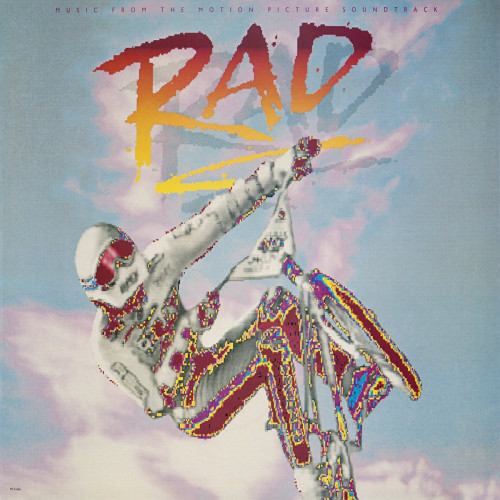
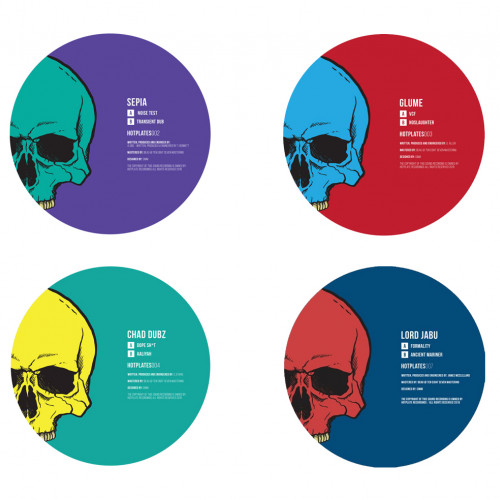
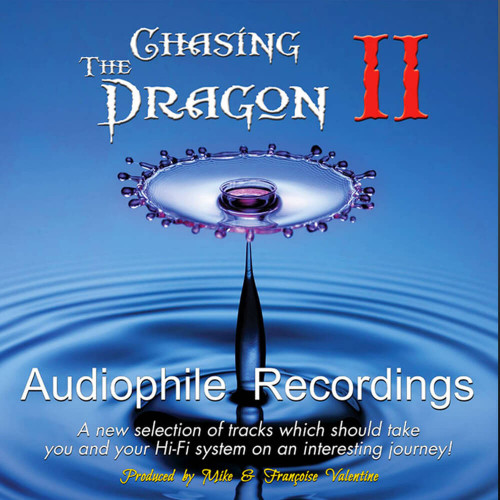
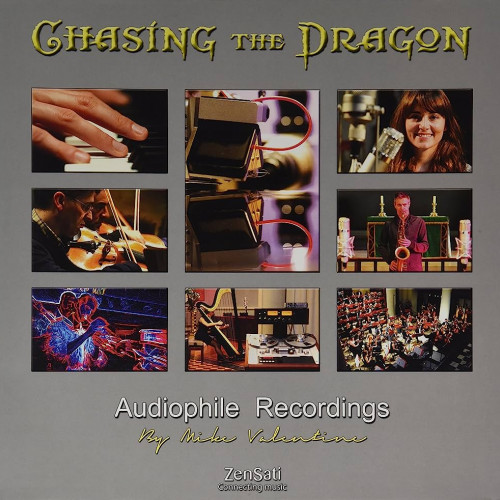
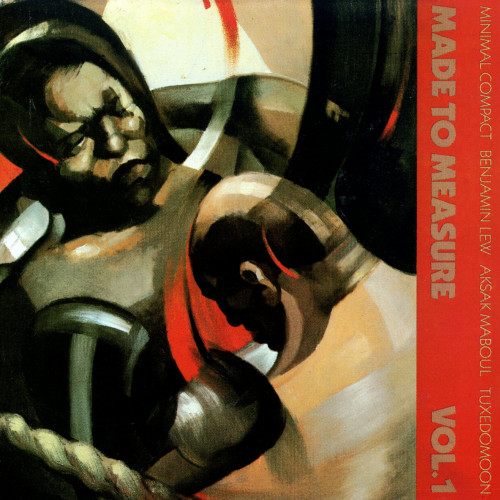

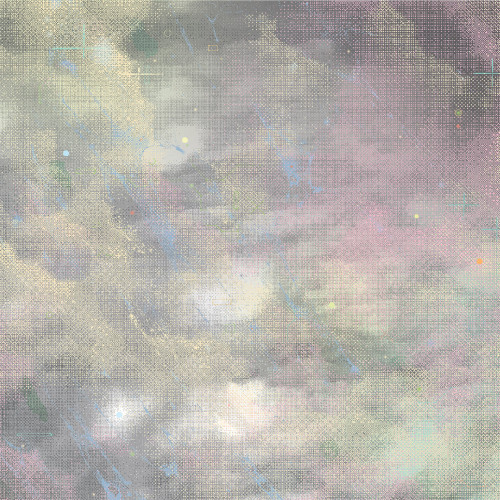

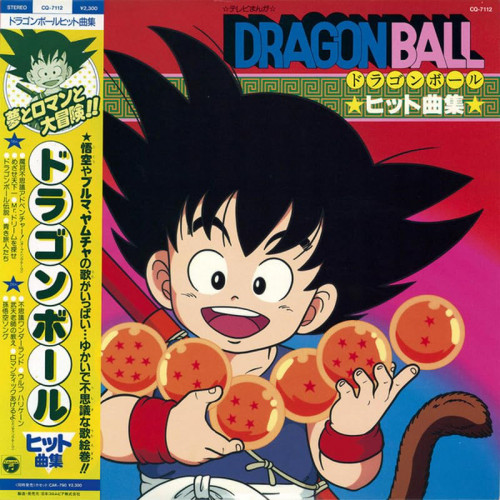
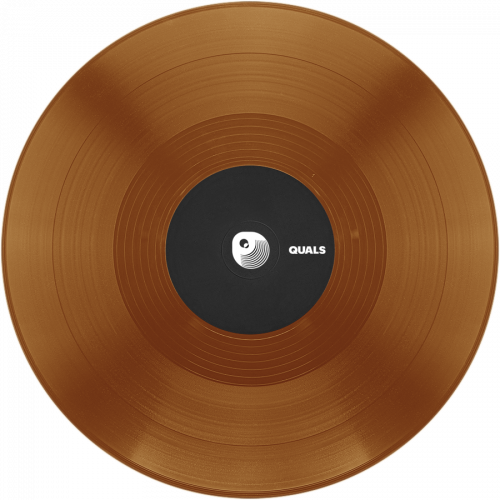
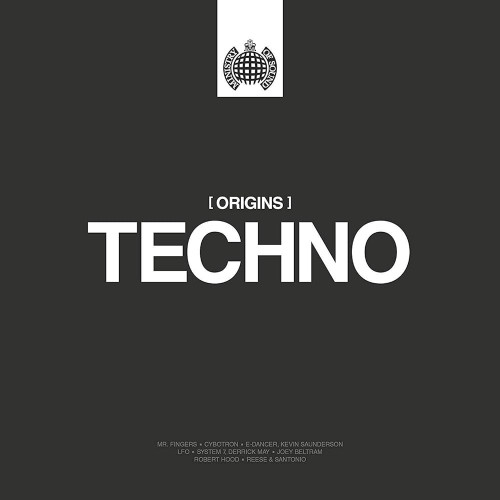

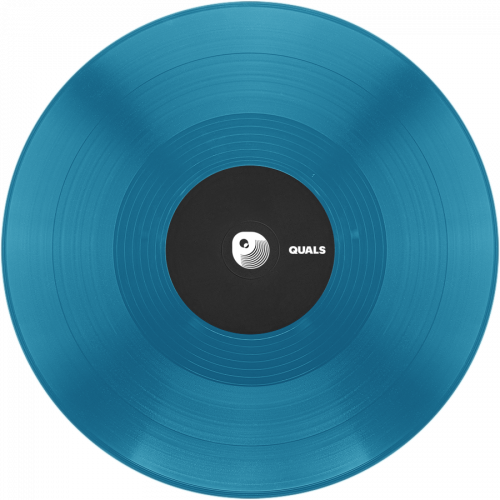

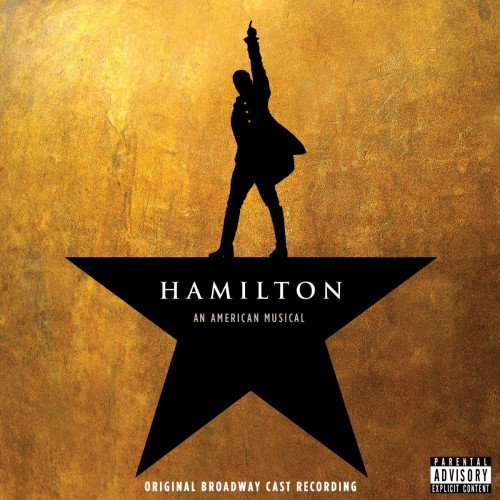

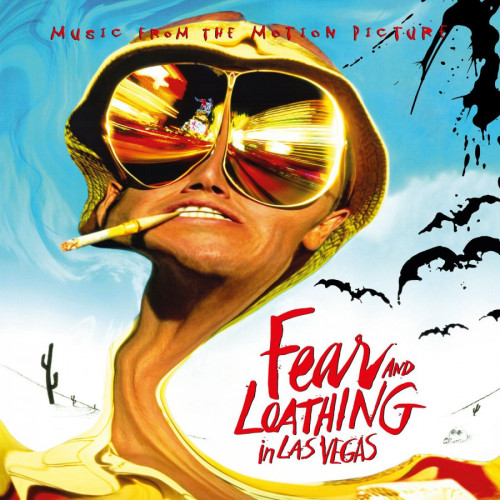


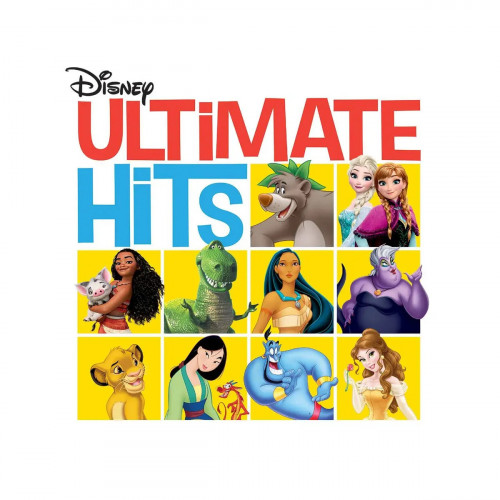
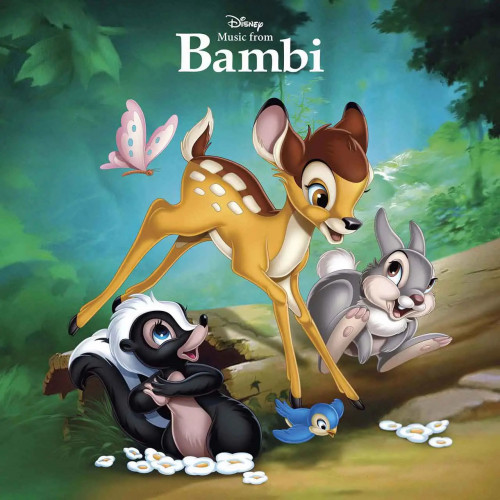
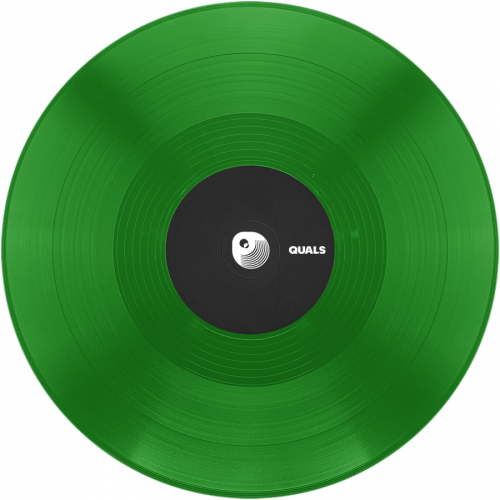
![Various Artists Studio Ghibli [5x7" Box Set]](https://quals.ua/image/cache/catalog/Covers/va-studio-ghibli-vinyl-500x500.jpg)


